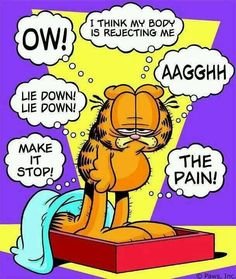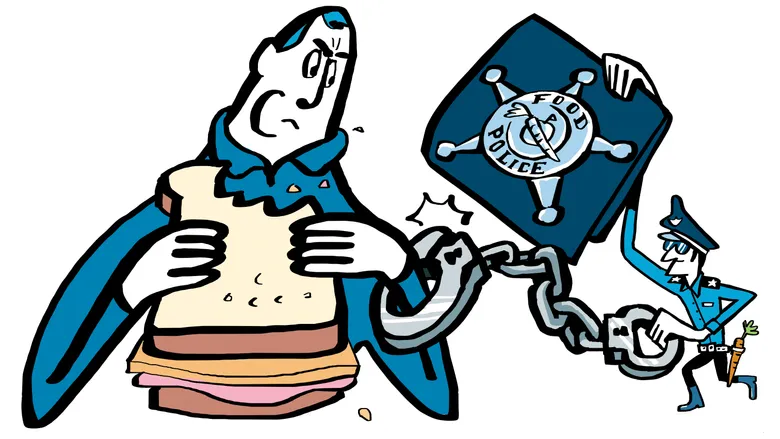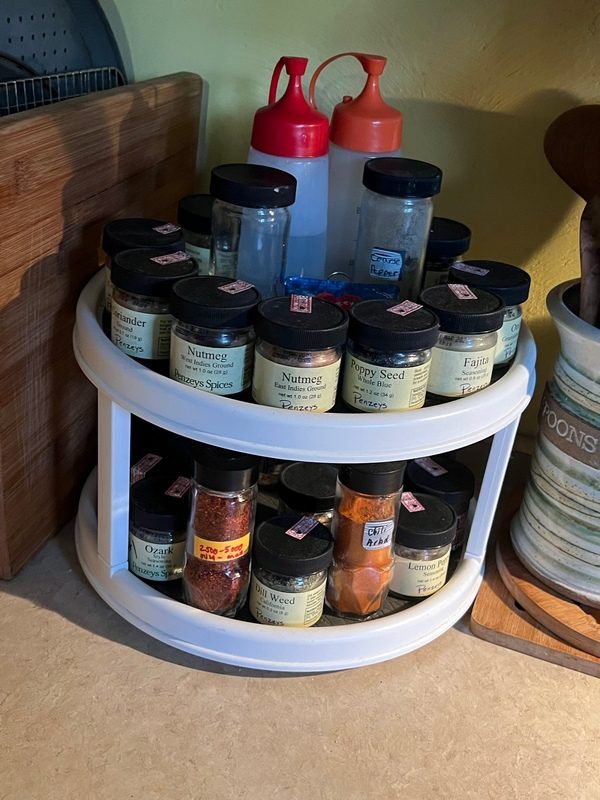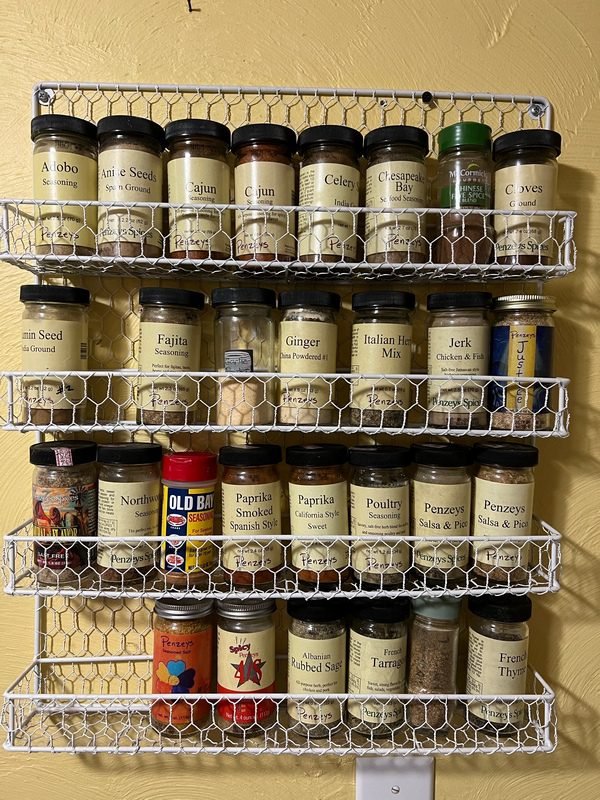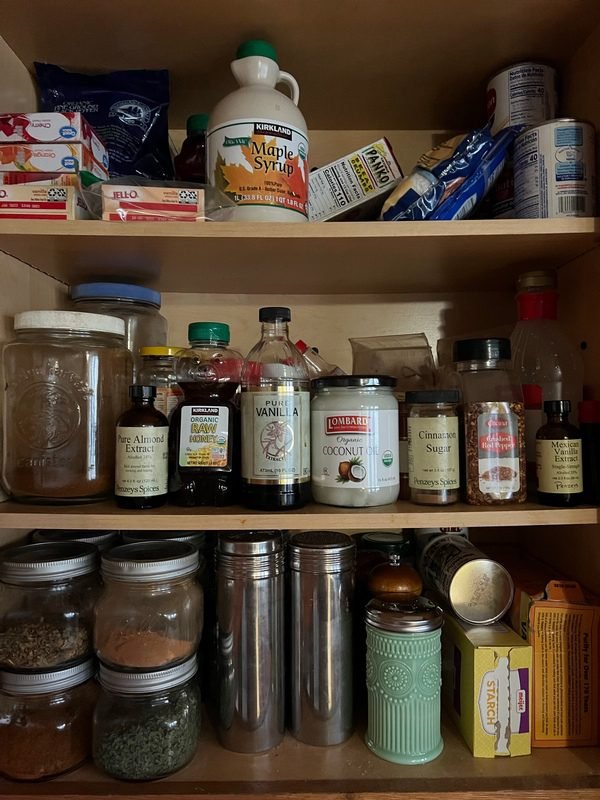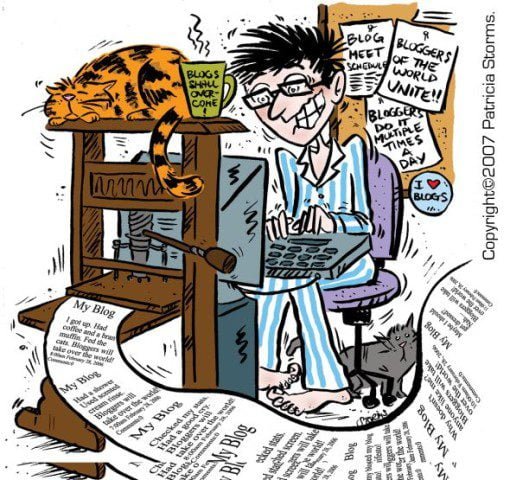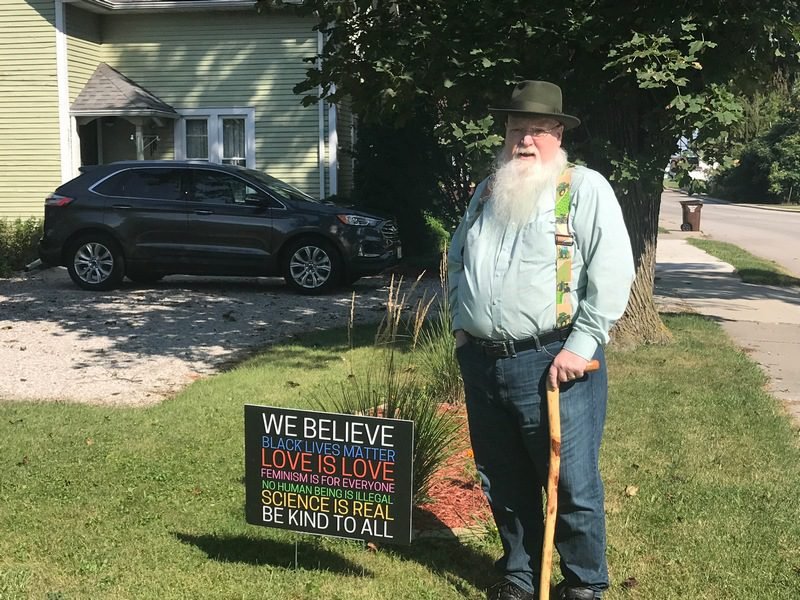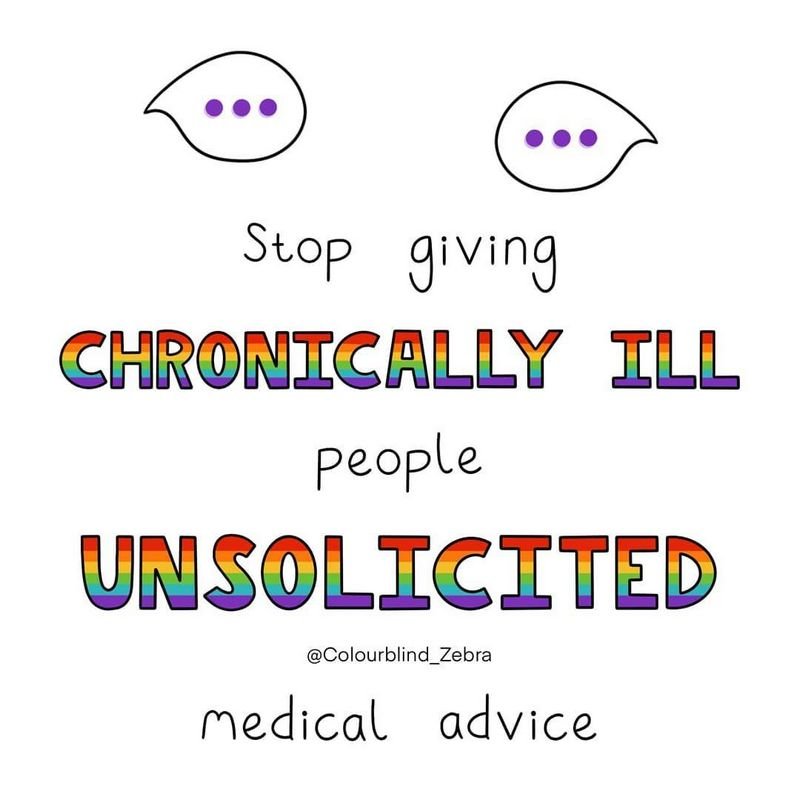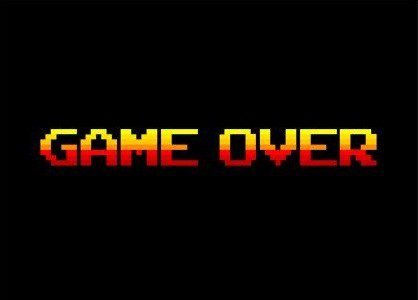
Today, I received an email from an Evangelical Christian named Karrie. Karrie is a student/professor/employee at The University of Tulsa in Tulsa, Oklahoma. Karrie read all of two posts before emailing me:
Karrie spent a total of five minutes reading my writing before emailing me. While she accessed the WHY? page, there’s no record that she clicked on any post. (Please see Curiosity, A Missing Evangelical Trait.) As her email below will show, Karrie seems to know that I have health problems. Since neither of the posts she read mentions these things, it’s possible she has read other work by me.
Here’s what Karrie had to say:
Hello Bruce, do you believe that God is able and willing to heal you of the sickness you are suffering?
Most people who read this blog know I have serious health problems. I have (in the order of diagnosis) fibromyalgia (1996), osteoarthritis (2000), gastroparesis (2020), and degenerative spinal disease (2021). I also take medications for high blood pressure, diabetes, an irregular heartbeat, low potassium, and low B-12. I am anemic, and since being diagnosed with gastroparesis, I am having problems with my eyes. I was nearsighted for almost fifty years. I am now farsighted, with every eye exam I have (six in the past eighteen months) different from the others. Quite frankly, the only time I wear glasses is when we go out on the town, and this is mainly because I am vain. I stopped driving two and a half years ago due to declining motor function. I walk with a cane, and when covering longer distances, I must use a wheelchair. Throw in peripheral neuropathy in my feet, legs, and hands, and I spend every moment of every day fatigued and in pain. I take numerous medications to combat these symptoms, but unless I want to sleep all the time and be a lobotomized robot, all that narcotics, NSAIDs, and high-powered muscle relaxers do is keep me from wanting to kill myself. And some days, these drugs don’t work very well; those days I wish I could die. Currently, both of my hips are inflamed. I have gotten steroid injections, to no avail. No explanation for the inflammation. I just woke up one morning and my hips hurt. Gastroparesis, an incurable stomach disease, causes unrelenting nausea, bouts of vomiting, and horrific — and I mean horrific — bowel problems. (Yes, I eat right and take fiber supplements, so don’t, please don’t, for the love of Loki, do NOT email me your unsolicited medical advice. I have a team of doctors who care for me. Unless you are Dr. House, please keep your opinions to yourself. I am being nice. Email me anyway and I will set your house on fire.) Next week, I see a dermatologist. I have had three bouts of skin cancer, so I must see a dermatologist every six months. I have several growths that will likely need to be removed. I also have a purplish spot on my right breast that concerns me. I’ve had pneumonia twice, battled bronchitis for years, and almost died from mononucleosis in 1991.
I have given you my medical history so you will understand that I have had health problems since I was a teenager. My wife, Polly, and I married in July 1978. While she remembers a strong-as-an-ox, athletic Bruce, she doesn’t remember a time when I wasn’t battling some sort of health problem. When we were younger, I still had the proverbial tiger by the tail. Those days are long gone. The tiger now has me by the neck and is swinging me back and forth. There will come a day when he will finally succeed in ending my life. Not today, but maybe tomorrow, next week, or next year. I have no illusions about living a long life. My goal on any given day is to get up, move, do a few things around the house, write, and collapse on the couch watching TV before I haltingly and slowly make my way to the bedroom, hoping to get a few hours of sleep. (Typically, I sleep in 90-minute to two-hour segments. Sleep, wake up, sleep, wake up, hoping to get six or so hours sleep.) The goal is quality of life, not length of life. Imagine every time you eat the first feeling you get is not pleasure, but wanting to vomit. This is my life. Fortunately, I take a medication (typically used for chemotherapy patients) that curbs the urge to upchuck — usually in minutes. On those days it doesn’t work? I worship the porcelain God, violently offering it the contents of my stomach. Ain’t life grand. 🙂
Karrie fails to understand that virtually ALL of my health problems can be traced back to the days when I was a devout Evangelical Christian and a pastor. I prayed countless prayers to God, asking for strength and deliverance. These prayers were met by indifference and silence. In 2008, I left Christianity and embraced atheism. While the reasons for my deconversion are many, one reason I divorced Jesus is his indifference towards my suffering and that of billions of humans (and animals). God’s silence and apathy led me to conclude that he/she/it doesn’t exist; that he/she/it is a mythical being who is unable to do anything for me or any other human being.
So, to answer Karrie’s question: do I believe the Evangelical God is able and willing to heal me of the sickness I am suffering? The answer is an emphatic NO!

Evangelicals have had fifteen years to show me compelling evidence for the existence of their deity. None has done so. Outside of quoting Bible prooftexts, pointing to creation, or using lame philosophical arguments, no satisfactory evidence for the existence of God has been provided. Karrie makes no attempt to provide evidence for the existence of her peculiar God. She assumes I know that her deity is the one true God. I don’t. And even if she could provide such evidence, it still doesn’t follow that her God can and will heal me of gastroparesis, fibromyalgia, osteoarthritis, and degenerative spinal disease. I have watched scores of Christians and unbelievers alike horribly suffer and die. I have stood by the bedsides of devoted lovers of Jesus as they draw their last breaths. I have watched them writhe in horrific pain, with God nowhere to be found. You see, from my seat in the atheist pew, the problem of suffering, along with the problem of evil and the hiddenness of God, are insurmountable problems for Christians. I have heard every possible argument regurgitated by Christian apologists, and all of them come up short. You just don’t want to believe, Evangelicals say, but this is patently untrue, as I shall show in a moment.
Here’s a promise I will make to Karrie: if her God instantaneously heals me, without medical intervention, of gastroparesis, fibromyalgia, osteoarthritis, and degenerative spinal disease I will “believe.” The ball is in your court, Jesus. You are allegedly the “Great Physician.” Work your magic, and I will believe. The Bible records stories about you healing all sorts of people from serious diseases. You even raised the dead. And believe me Jesus, I am not too far away from needing resurrection. After I am dead and burnt into ashes that will be cast into the waters of Lake Michigan, perhaps Polly will ask you to recombine my molecules and give me a young, healthy body. That way, she can have some sexy eye candy by her side. 🙂 Do either of these things, Jesus, and I will believe, and I suspect Polly will believe too.
Of course, no healing or resurrection will be forthcoming. Expecting Jesus to do either of these things is akin to me going to my mom’s grave and asking her pop out of the ground fully clothed and with no bullet hole in her chest so we could share a cup of instant coffee (mom’s favorite) and have a chat. Well, we’d share a cup of coffee right after Mom lights up a Virginia Slim. “Butch, I have been hankering for a smoke for thirty years.” 🙂
To Karrie, I say, “with God all things are possible” and “if you ask anything in his name he will do it.” If you are as connected with the triune God of the Bible as your email suggests, surely God will answer your prayer for the healing of the unrepentant atheist Bruce Gerencser. Think of all the souls that will be saved if your God healed me. Why, I suspect my healing would cause reverberations across the world. “Is anything too hard for God?” Karrie, if Jesus can resurrect Lazarus from the dead, surely he can heal a lowly atheist who really, really, really wants to “believe.”
With bated breath, I await my healing. Time is running out . . .
Bruce Gerencser, 67, lives in rural Northwest Ohio with his wife of 46 years. He and his wife have six grown children and sixteen grandchildren. Bruce pastored Evangelical churches for twenty-five years in Ohio, Texas, and Michigan. Bruce left the ministry in 2005, and in 2008 he left Christianity. Bruce is now a humanist and an atheist.
Your comments are welcome and appreciated. All first-time comments are moderated. Please read the commenting rules before commenting.
You can email Bruce via the Contact Form.

